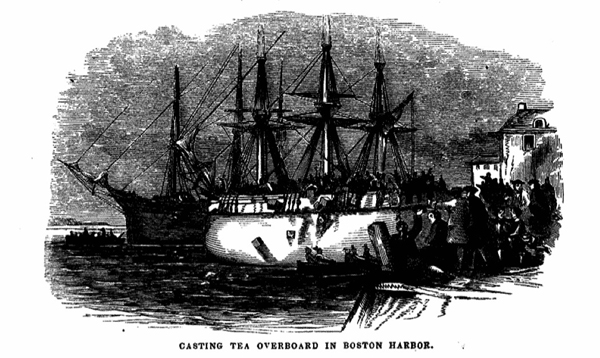
That’s important for later: the simplicity and brevity of Werther is what made it ripe for mass consumption, which also made it ripe for parody. People could read it fast, and it could be printed fast.
Unofficial –- since there wasn’t such a thing as “official” –- Werther merchandise filled the cultural landscape. Tailors sold outfits that let men look like Werther, the Edward Cullen of the story. Guys began carrying around Werther pistols. Napoleon wrote fan-fiction. At least one woman committed suicide with a copy of it in her pocket.
This international obsession was referred to as “Werther-Fieber,” (Werther Fever), which is too close to “Bieber Fever” for anyone’s comfort. And many people still use the phrase “Werther effect” for copycat suicides by fans of popular movies or books.
Why am I telling you this?
Because it’s ridiculous. It was the Twilight of its day. And cynical people back then knew it. —“The Sorrows Of Young Werther and The Rise of Parody,” by Mike Drucker, Splitsider
Literature plus Internet equals gossip, walls, huh, yeah, what are they good for? Harry Potter: must the show go on?
Some of the best recent empirical work in political science has shown that most Americans attempt to vote in accordance with their economic interests, rather than by the dictates of ephemeral antagonisms over God, gays, or guns. Unfortunately, economic ?improvements for the vast majority of Americans over the past three decades have been so marginal that they are easily overshadowed by cynical manipulations of the political business cycle, the timing of economic expansions with election years, and by the strange fact that lower-income voters are more sensitive, in terms of voting behavior, to income growth among the wealthy than they are to their own economic well-being. —“Speak, money,” by Roger D. Hodge, Harper’s Magazine
Stay with me if you want to live, dolphin mothers say, remember the 90s?, what sort of person likes to watch Two and a Half Men?
I left the New Museum’s “The Last Newspaper”—a show that sets out to explore the relation between newspapers and art at the end of the print era—with my fingers black from printer’s ink, just as they used to be years ago when I read the Times every morning on the subway. I can’t remember when they were last begrimed that way, and don’t know whether that is more reflective of the fact that newspapers today use higher-quality inks, or that I tend to read the news online more often than on paper, or that I no longer ride the subway to work. —“Disappearing Ink,” by Luc Sante, NYRBlog


